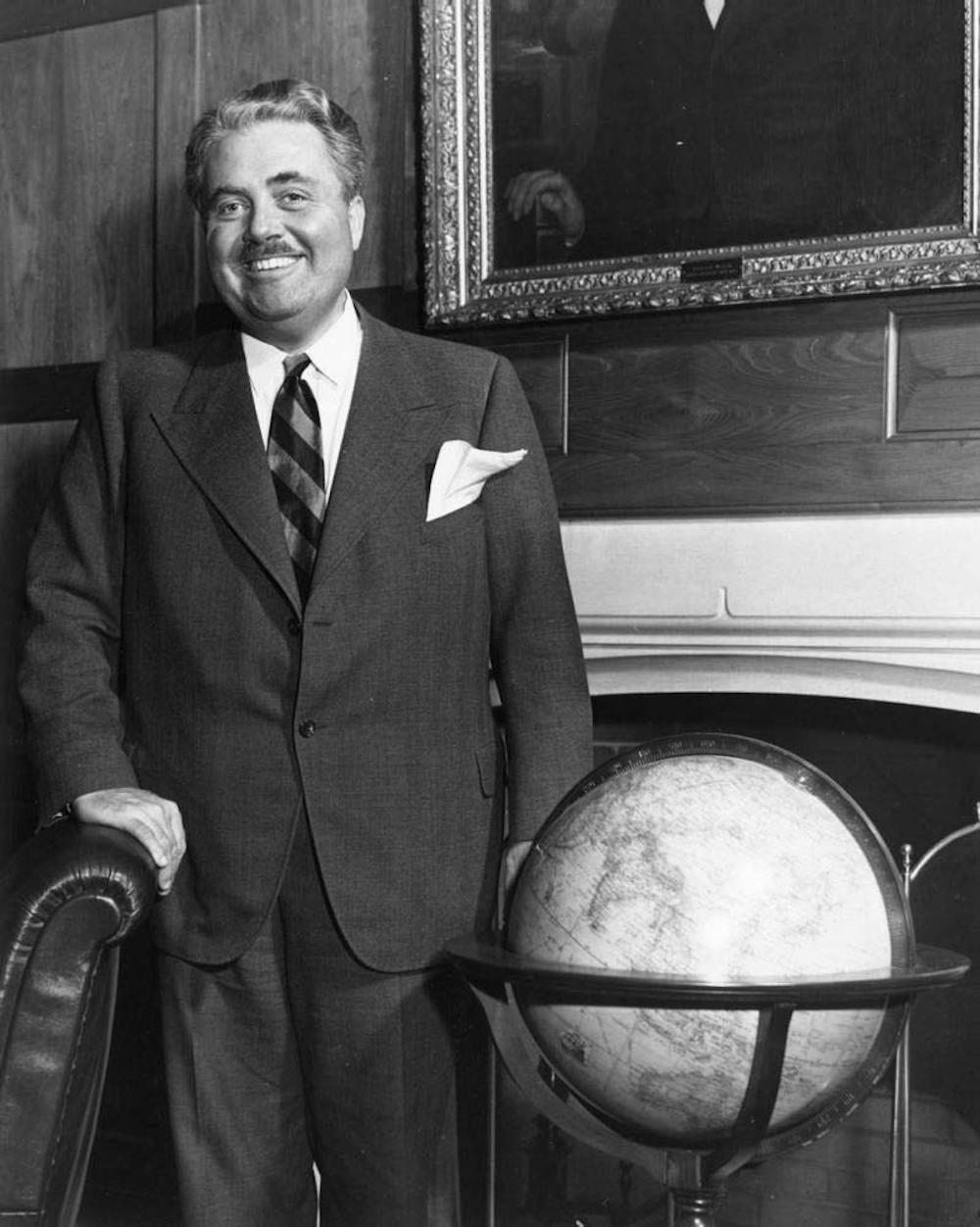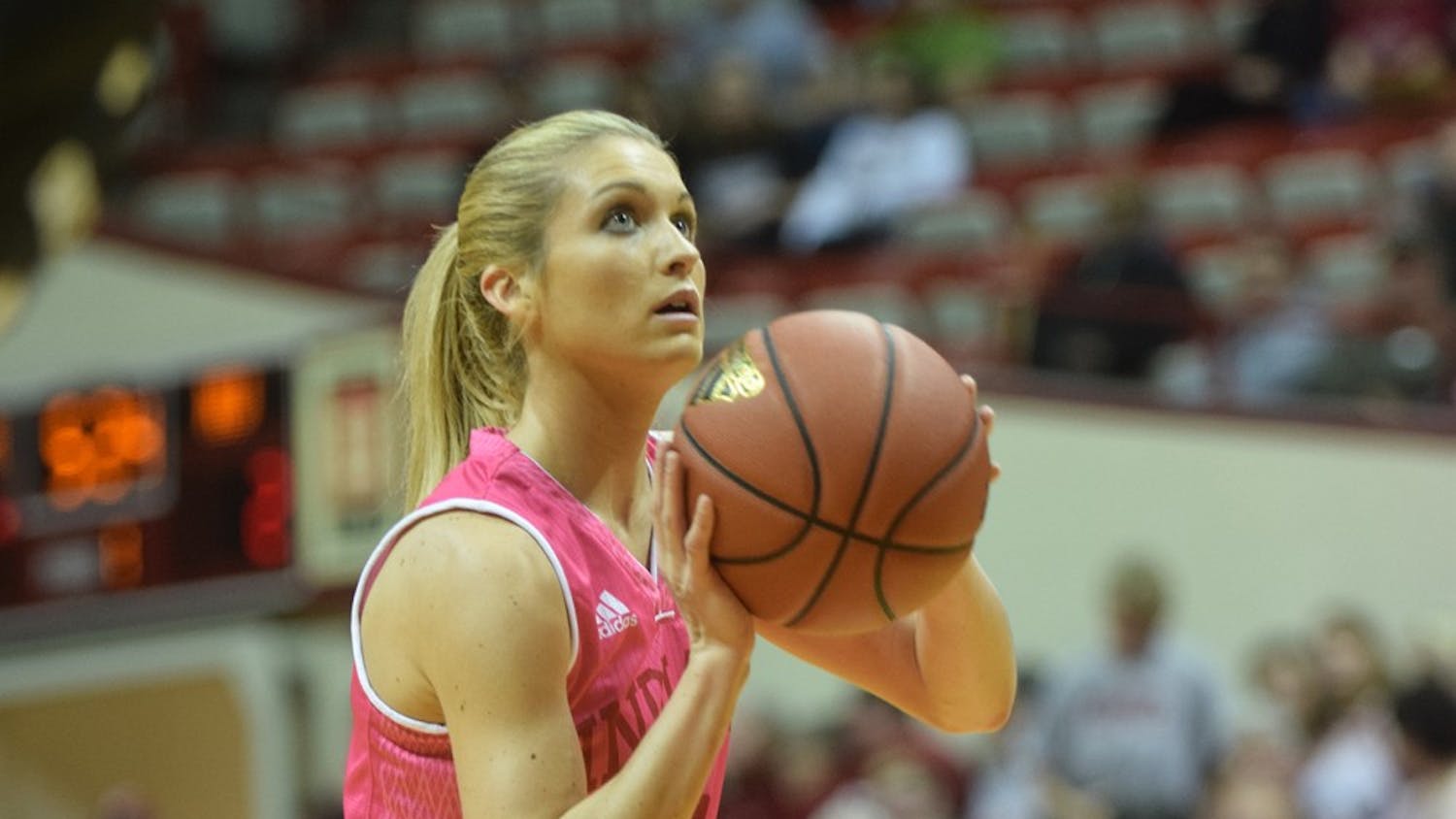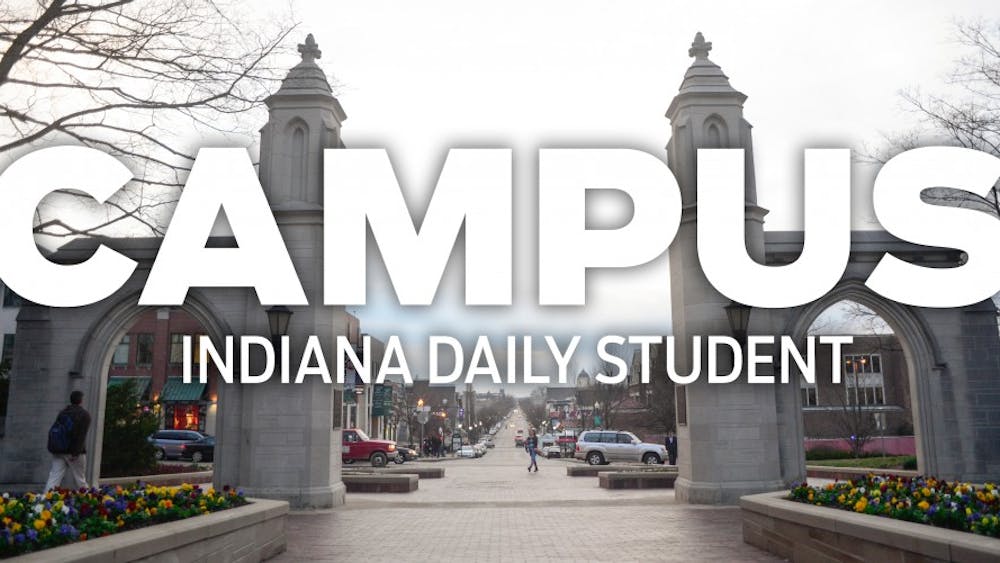After his retirement, he became the chancellor of the University, a position created expressly for him, which he held until his death in 2000.
Wells fell in love with the University during his college career in the 1920s, said James Capshew, IU faculty member and Wells biographer.
“He wanted to dedicate his life to the University,” Capshew said.
Wells’ legacy is still intact, present in legend and in the campus he helped build.
“He would walk all the pathways at night with a book,” said Jerik Tumang, IU student and campus tour guide. “And wherever he couldn’t read, he would mark the spot with a stake and a light would go up within a week.”
Wells was often seen walking around campus and interacting with students and faculty, Tumang said.
“He would meet them on their own level and challenge them,” Capshew said. “He had a feeling for how people worked and how they responded.”
His commitment to all IU students was not just a story.
He personally signed the diploma of ?every single student who graduated from IU in his 25 years as president, 62,621 diplomas total, according to “Herman B Wells: The Promise of the American University,” ?written by Capshew.
In his final speech as president, Wells said, “In the act of signing I felt some individual participation in the joy and satisfaction of each graduate.”
Wells believed in the “brotherhood of humanity” and social justice, advocating for equality across campus.
He insisted on integrating the University and Bloomington, going toe-to-toe with city barbers and restaurants and winning.
“He created living spaces to include minorities,” Tumang said. “And he fought for equality in the residence halls.”
In addition to his human legacy, Wells’ influence can be seen on a walk across ?campus.
“Wells looked at the campus as a work of art,” Capshew said. “He was the architect of the modern university.”
Wells’ influence can also be seen in the spacious design of the Tudor Room, the preservation of green ?spaces on campus, and particularly in the Fine Arts Plaza, Capshew said.
“The Fine Arts Plaza was his baby,” Capshew said. “He built it all between 1940 and 1982, he had this vision for IU from his presidency to his chancellorship.”
Wells planned ahead for the University, Capshew said.
“IU was 167 acres at the start of his term, and at the end it was 1800 acres,” Capshew said. “He was looking ahead for future ?expansion.”
Through it all, Wells remained dedicated to IU.
“He felt that the University didn’t belong to him, he felt that he belonged to the ?University,” Capshew said.
Wells remains at the University in the form of a bronze statue in the Old Crescent, and his name adorns the largest library on the IU campus.
“Pretty much everything he touched he had an impact on,” Cashew said. “He built an institution and became one himself.”






